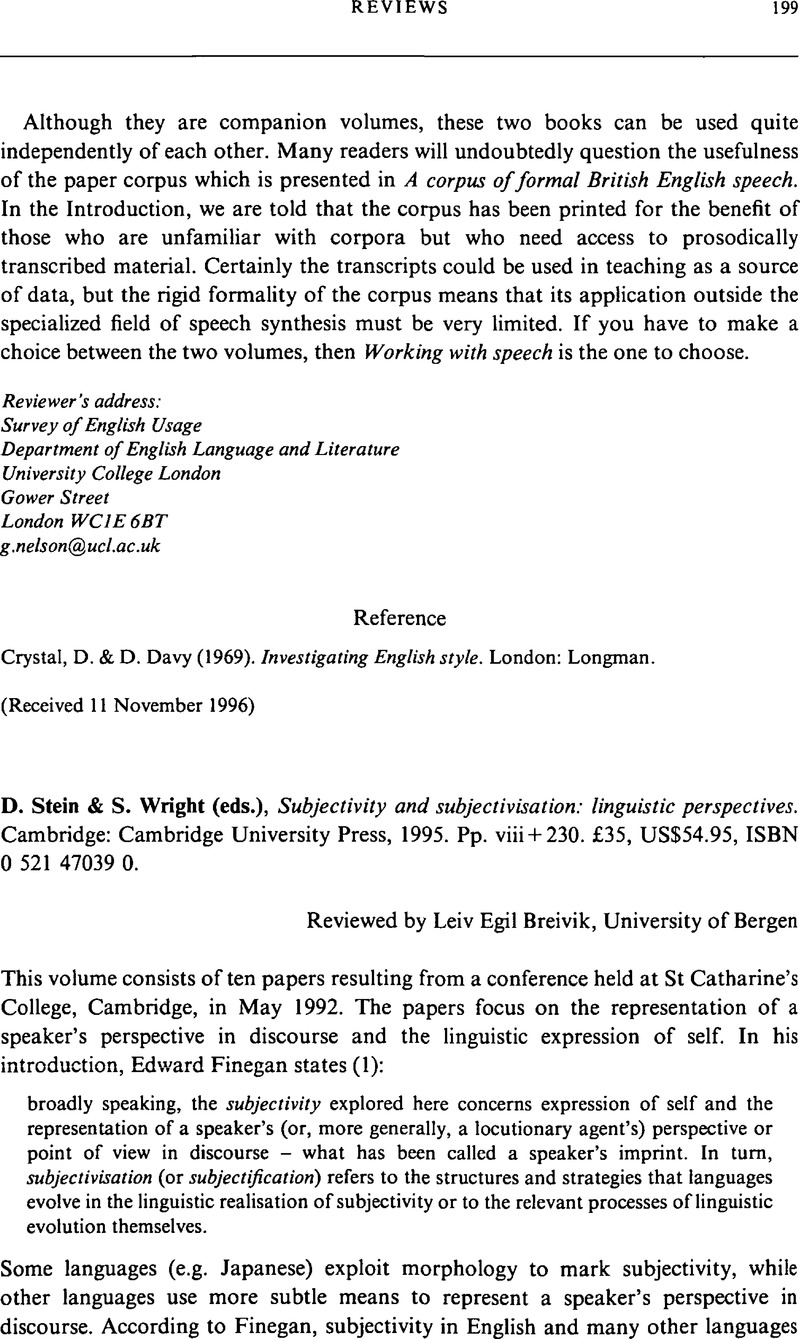Traugott, E. C. &
Dasher, R. (
1987). On the historical relation between mental and speech act verbs in English and Japanese. In
Ramat, A. G.,
Carrunba, O., &
Bernini, G. (eds.),
Papers from the seventh International Conference on Historical Linguistics.
Amsterdam:
John Benjamins.
561–73.
Google Scholar 